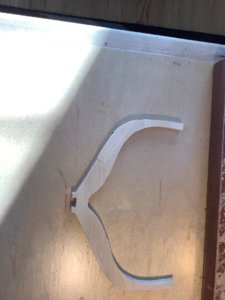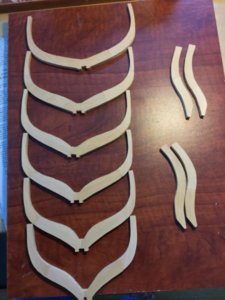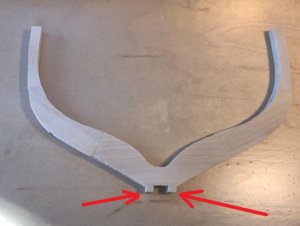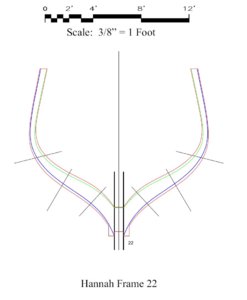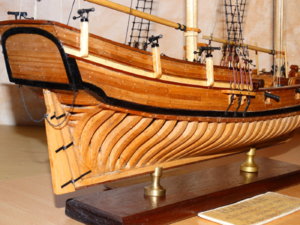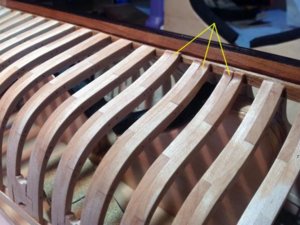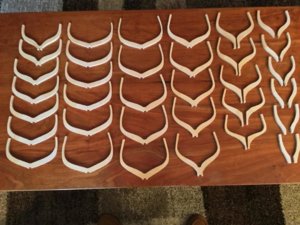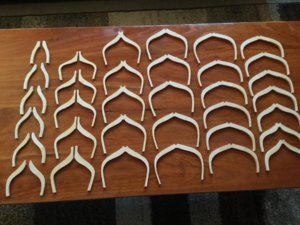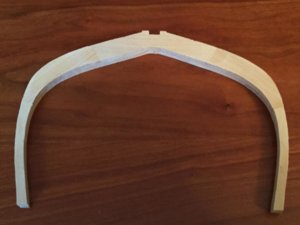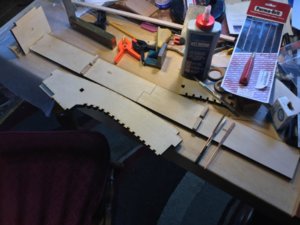In my defense (excuse)this was a learning exercise using a practicum. Never used lights ? really appropriate for this type of minimalist model, but Victory bow is up next and this will lend itself to illumination- so I'll certainly begin to study (check out blogs on this site). ALL comments are appreciated .
I actually meant "lights" in the sense of windows in the transom. "Sultana" had transom lights, and was described by Harold Hahn as the "smallest (schooner) of them all".







